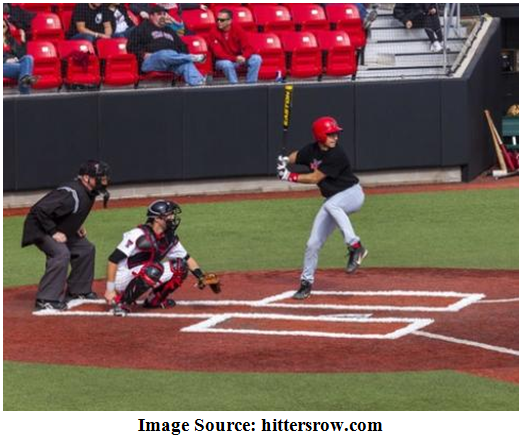Whether you are a professional major league baseball player or someone playing for fun; wearing protective gear while playing baseball is a must.
The history of baseball’s protective equipment can help understand its importance in the sport. 1870 was the year when the first baseball glove was invented. The glove was just a regular winter glove with extra padding and the fingers cut out. It was designed mainly to known down the ball but not catch it. Then 1920 brought around a revolution in glove design, when Billy Doan, a pitcher for the St. Louis Cardinals, had an idea for the baseball glove should be made with webbed lacing between the thumb and the first finger to further protect the hand and fingers. Roger Breshnahan, Hall of Fame catcher, devised the batting helmet in 1905. The first helmets were simply experiments using leather football helmets worn at that time. By 1907, Bresnahan also devised catcher shin guards. By 1909, the design was refined, accepted, and became more commonly used by baseball catchers everywhere.
Here are the various types of protective equipment that baseball players need:
Baseball Cleats
Every player has to wear some form of cleats. Cleats can help gain traction on the field. The sort of cleats players wear varies from the level of seniority and difficulty in the game. Youth leagues can do with plastic cleats while professional baseball players have the option to wear metal cleats.
Sliding Pants
Though sliding onto base might be one of the biggest thrills of baseball, it is a little rough on the body. That is why slider shorts are a must.
Baseball Gloves
Proper-fitting gloves protect a player’s most valuable asset, the hand. Leather gloves are preferred for durability and break-in, but synthetic gloves these days look like leather gloves and are easier to care for.
Batting Gloves
Batting gloves may be leather, synthetic, or a combination. When up to bat, most players wear batting gloves to protect their hands and improve their grip.
Catchers Gear
Additional catchers’ equipment includes a helmet, a hockey-style face mask, mouth guard, throat guard, chest protector, and protective cups. Catcher’s gear should be durable, light-weight and comfortable.
Sunglasses
Baseball players spend a lot of time in the sun, and of course it is important to protect their eyes from the rays and glare of the sun.
Caps
Caps help protect the players’ eyes and head from the sun.
Baseball Helmets
When up to bat and running bases, most players wear a batting helmet in place of a baseball cap. Whether you’re a child or an adult, you risk getting smacked in the head by a high speed baseball or bat.
Chest Protector
The most important choice of protective gear for the baseball field, it protects the critical body parts, meaning heart, chest, ribs and shoulders.
Shin Guards
The shin guards offer an umpire protection from just above the knee to the ankles.
Leg Guards
Leg guards are a catcher’s best friend. It saves them from constantly scraping their knees every time they have to stop a low pitch in the dirt.
It is necessary to invest in protective gear to enjoy the game of baseball so that you don’t have time to worry over serious injuries. Baseball players in every position, as well as umpires should use some form of protective gear.
About the Author: J Mike loves straddling his two jobs. He works as an Online Marketing Manager for Red Raider Outfitter during the day and loves to blog about fashion & sports in his free time. He loves to turn his thoughts into words of wisdom and passionately writes about everything sports with a hint of fashion. Being a Texan who breathe sports, Mike loves to cheer for his team Texas Tech Red Raider during game days.










